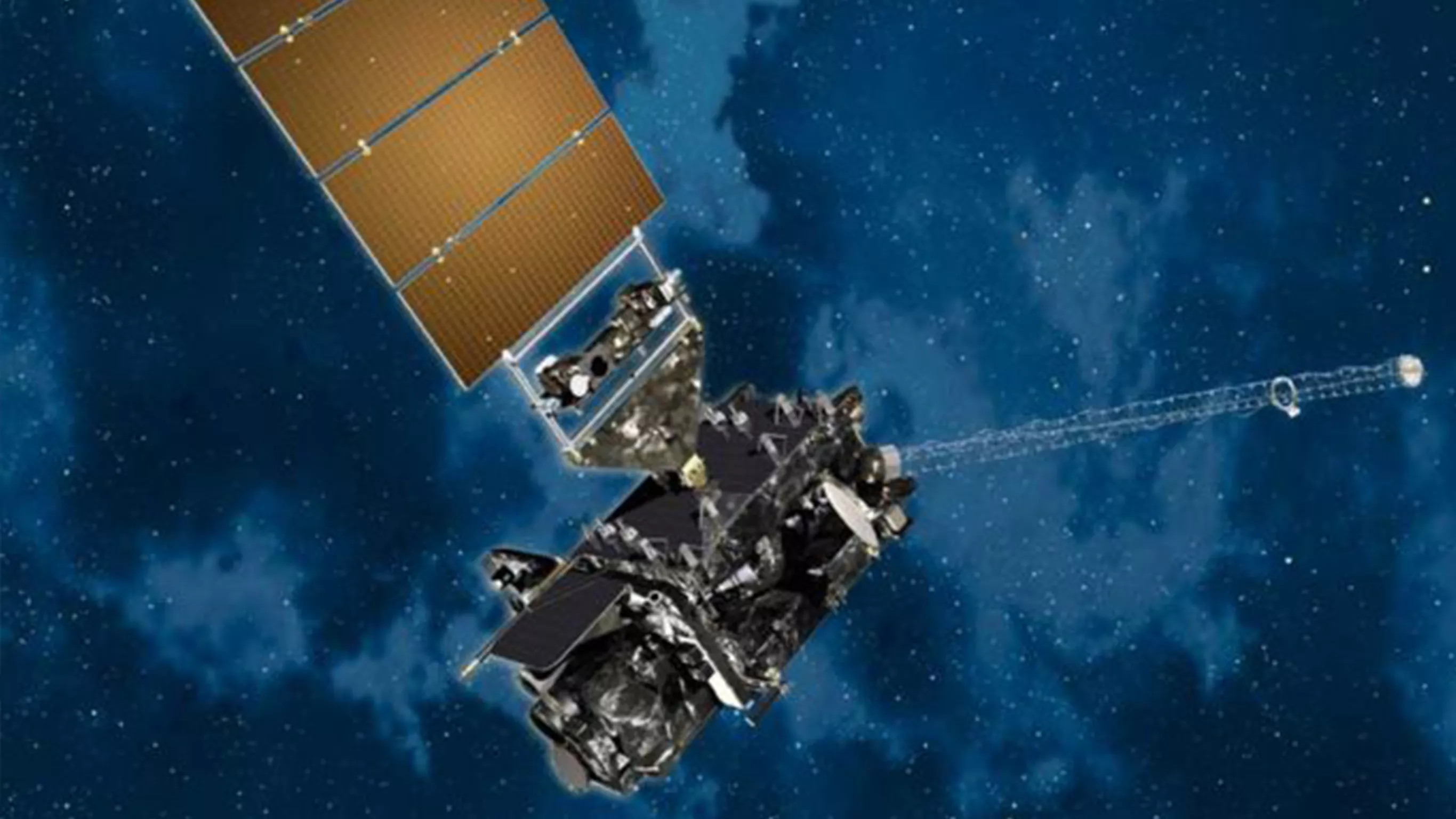
A blockage in the loop heat pipe of the Advanced Baseline Imager (ABI), the primary instrument on NOAA’s GOES-17 satellite , prevented the instrument from cooling properly and impeded its ability to collect data, according to a special Mishap Investigation Board.
During the instrument check-out phase after GOES-17’s March 1, 2018 launch, engineers discovered the ABI’s infrared detectors could not maintain the required temperatures in certain orbital conditions.
The board, which NOAA and NASA appointed, concluded that the blockage restricted the flow of coolant in the pipes, causing the ABI electronics to overheat, reducing the sensitivity of its infrared sensors.
Engineers were able to mitigate the issue through operational changes to the instrument and mission operations, including the use of Artificial Intelligence techniques, to restore most of the ABI’s functionality. The GOES-17 ABI is now projected to deliver more than 97 percent of the data it was designed to provide.
Today, GOES-17 is providing faster, more accurate, and more detailed observations used by NOAA National Weather Service forecasters to predict Pacific storm systems, severe storms, fog, wildfires and other environmental dangers. Also, GOES-17 is monitoring tropical cyclones in the eastern Pacific Ocean, including Hawaii.
The Mishap Investigation Board Summary Report is available online.
